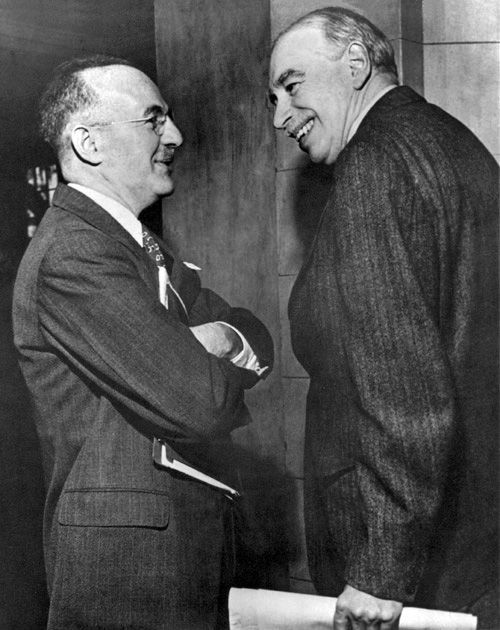On 25 June 1946, the World Bank started to operate. Officially, the World Bank was created on 27 December 1945, when most of the 44 member states ratified the agreements that had been reached at the United Nations Monetary and Financial Conference in Bretton Woods (New Hampshire, USA).
The objective of the conference was to create a new sustainable international financial system, the World Bank, the International Monetary Fund, and the World Trade Organisation, to help restore the economy after the Second World War. The World Trade Organisation was created only in 1995. The idea of the World Bank came from British economist John Maynard Keynes.
The World Bank is part of the United Nations, with 185 voting states as founders and legal owners, and the number of votes depends on the size of the state’s share in the authorised capital. The World Bank's largest shareholders are the United States (16.4% equity), Japan (7.9%), Germany (4.5%), as well as the United Kingdom and France (both 4.3%).
At least 85 percent of shareholder votes are required for strategic decision-making. Being the largest shareholder, the United States can block unfavourable decisions. Other developed countries control 48 percent of World Bank equities and often act in solidarity. The bank is managed by a Board of Directors comprising 24 representatives. The top manager and the "face" of the World Bank is the president, traditionally a citizen of the United States.
The first loan was issued on 9 May 1947 - $250 million was given to France for reconstruction after the war.
The World Bank currently employs more than 10,000 people from 160 countries, including highly qualified economists, educationalists, engineers, environmentalists, and financial analysts.
Source: Official website of the World Bank www.worldbank.org
























